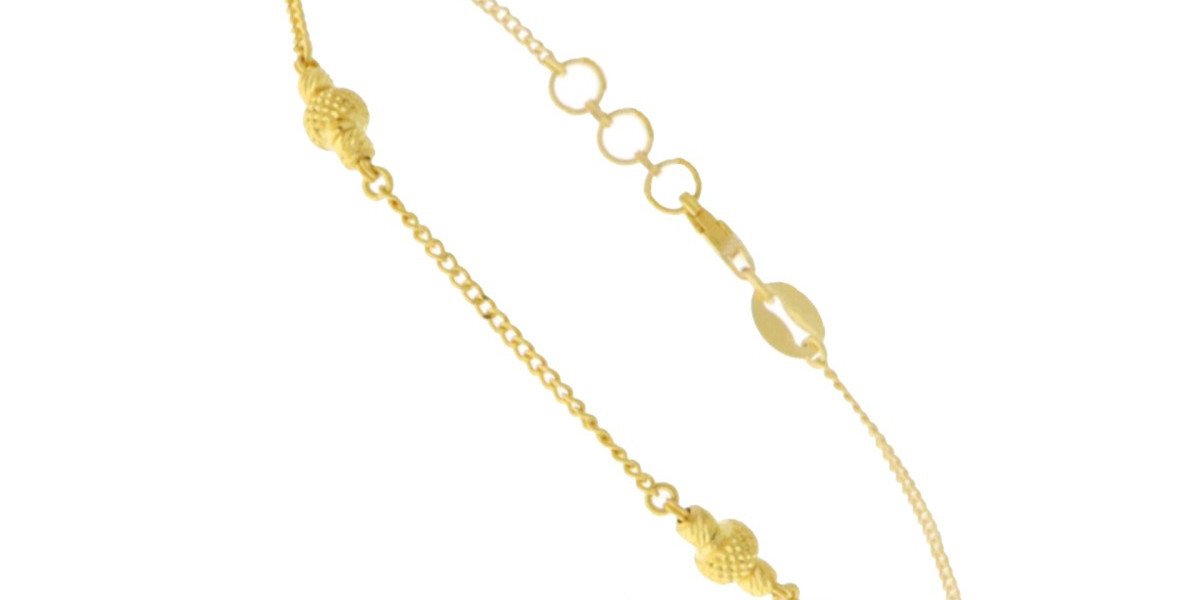The Rise of Emotional Wellness: A Market Ripe for Innovation
The global wellness market is no longer defined solely by fitness, nutrition, or skincare. A profound shift is underway, as emotional wellness emerges as a dominant force in consumer behavior. At the intersection of fashion, mental health advocacy, and lifestyle branding stands a compelling disruptor: Madhappy. Investors, venture capitalists, and brand incubators are taking serious notice.
In recent years, emotional wellness brands have evolved beyond simple self-care affirmations. They now shape culture, redefine consumer expectations, and attract major capital investments. Madhappy, with its unique fusion of streetwear and mental health awareness, exemplifies this next-generation model of brand relevance and impact.
Madhappy: More Than a Streetwear Brand
Founded in 2017, Madhappy was launched with a mission to create conversation around mental health through clothing and community. What separates Madhappy from conventional streetwear is its purpose-driven ethos, authentic storytelling, and emotional resonance.
The brand’s products carry more than visual appeal—they spark dialogue. From pastel-toned hoodies bearing phrases like “Local Optimist” to collaborative capsule collections with globally recognized names like Columbia Sportswear, LVMH, and Beats by Dre, Madhappy has woven mental health advocacy into its brand DNA.
Its Mental Health Awareness Month campaigns, partnerships with nonprofits, and the Madhappy Foundation are core components of its identity. Consumers aren’t just buying garments; they’re buying into a movement—a movement of emotional transparency and shared vulnerability.
Venture Capital's Growing Interest in Emotional Wellness Brands
As of 2025, the emotional wellness industry is estimated to be worth over $4.2 trillion globally, with significant growth anticipated in the next five years. VCs are closely monitoring trends indicating a long-term consumer shift toward emotionally intelligent brands that combine commerce with consciousness.
In 2020, USC Madhappy Hoodie received funding from LVMH’s investment arm, LVMH Luxury Ventures, a clear indicator of the luxury sector's recognition of the brand’s cultural and commercial potential. This strategic backing doesn’t just validate Madhappy’s trajectory—it signals a broader trend where mental health-aligned startups become highly bankable.
Beyond LVMH, other notable backers include influential angels and private equity groups, making Madhappy part of a growing portfolio of purpose-led lifestyle brands that emphasize mental and emotional wellbeing.
Emotional Wellness as a Consumer Priority
In a post-pandemic era, consumers are prioritizing mental health more than ever before. According to McKinsey’s 2024 Health & Wellness Survey, over 73% of Gen Z and Millennials report that emotional well-being is a crucial part of their purchasing decisions.
Madhappy’s core demographic—digitally native, culturally aware young adults—crave brands that reflect their inner world. These consumers are disillusioned with shallow branding and instead seek depth, honesty, and positive impact. Madhappy meets this demand through:
Transparency in messaging
Authentic brand storytelling
Collaboration with mental health professionals and nonprofits
Events and pop-ups centered around community and mindfulness
Such alignment of mission and merchandise creates deep brand loyalty—turning customers into community members, and transactions into trust.
The Business Case: Profitable Purpose
This scarcity model—rooted in streetwear culture—combined with emotional resonance, creates strong demand elasticity. Unlike traditional apparel brands, Madhappy’s value isn’t just in materials or design—it’s in the emotional utility it provides.
Investors recognize that emotional utility drives repeat purchases, higher customer lifetime value, and robust brand equity. As such, Madhappy Hoodie represents a new model of monetizable mission, where profits and purpose are not in conflict, but in concert.
Strategic Collaborations and Brand Extensions
Madhappy's partnerships are more than co-branded apparel. They’re strategic storytelling devices. Its work with Columbia to create outdoor mental health-themed gear expanded its market into nature therapy and mental well-being through movement.
Its “Local Optimist” podcast and blog drive organic traffic, SEO reach, and emotional engagement. This content ecosystem enhances customer experience and aligns seamlessly with mental health education.
Furthermore, the Madhappy Foundation extends the brand into the nonprofit sector, giving it a multi-dimensional presence—retail, media, community, and philanthropy. This 360-degree strategy solidifies Madhappy’s identity as an emotional wellness platform, not just a fashion label. https://madhappystore.blogspot.com/
The Future of Emotional Wellness Brands
Madhappy is not alone in this arena, but it is setting the benchmark. Brands like Canopy, Mind Journal, Better & Better, and Coa are gaining traction for similar reasons—they speak to the soul, not just the surface.
However, few do it as effectively and holistically as Madhappy. The future of emotional wellness brands lies in:
Digital content ecosystems with therapeutic value
Integrated commerce and community
AI-powered emotional tracking tools that customize experiences
Sustainable production with a focus on environmental well-being
Global partnerships that bridge cultures and conversations
The brands that succeed will be those that create emotional ecosystems, not just sell products. Consumers are gravitating toward companies that offer belonging, safety, and meaning—Madhappy is delivering all three.
Final Thoughts: A Category Redefined
Emotional wellness brands like Madhappy are not fleeting trends. They are harbingers of a profound cultural recalibration. Investors are no longer just betting on cool graphics or celebrity endorsements—they're investing in emotionally resonant ecosystems with the power to shape behavior, influence culture, and generate long-term value.
As Gen Z and Alpha emerge as the dominant consumer cohorts, their preference for mental health-conscious brands will shape the future of retail, media, and investment. Madhappy’s rise is more than a case study in branding—it’s a blueprint for a new emotional economy.

